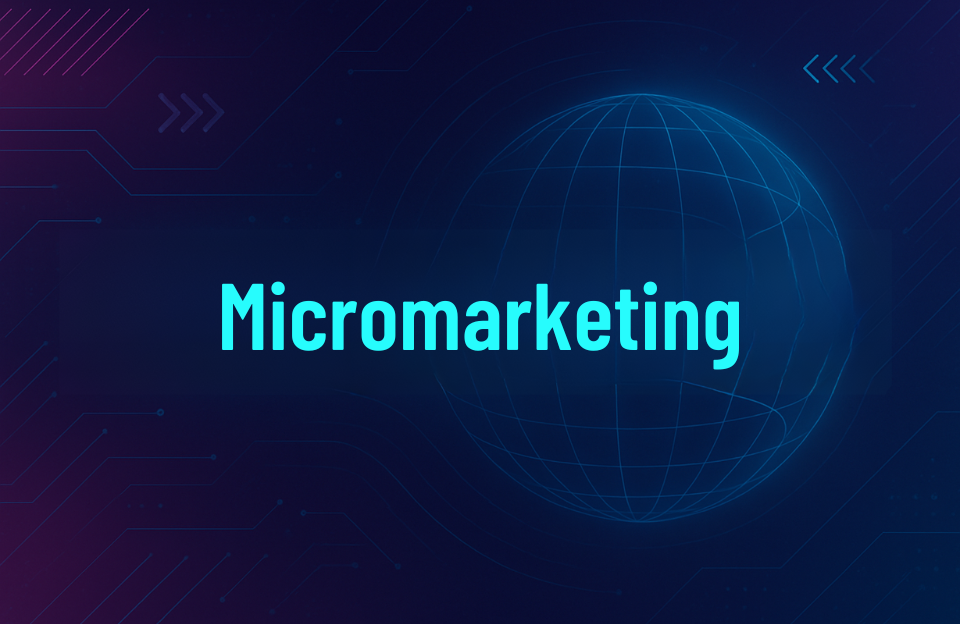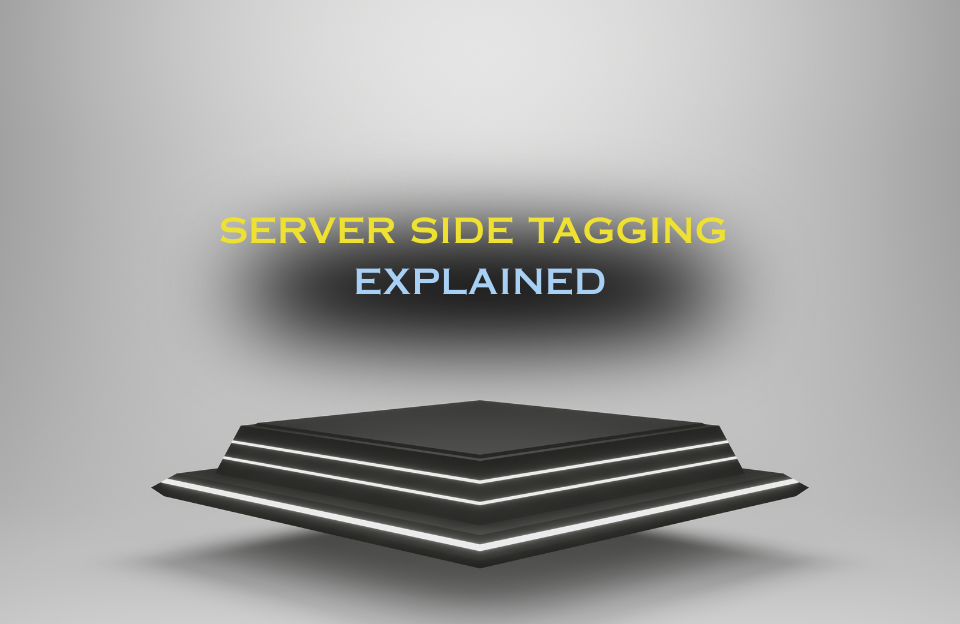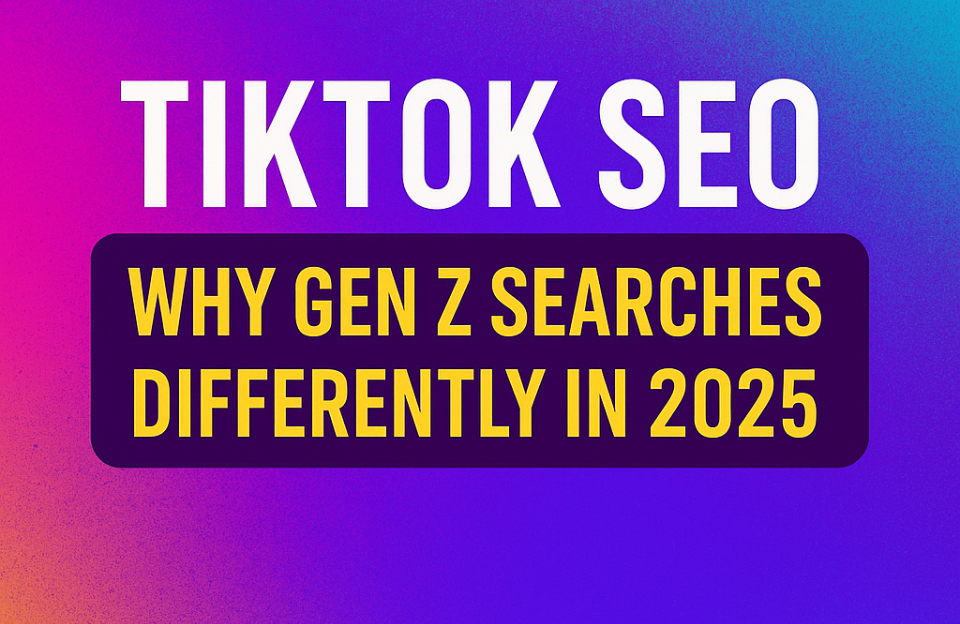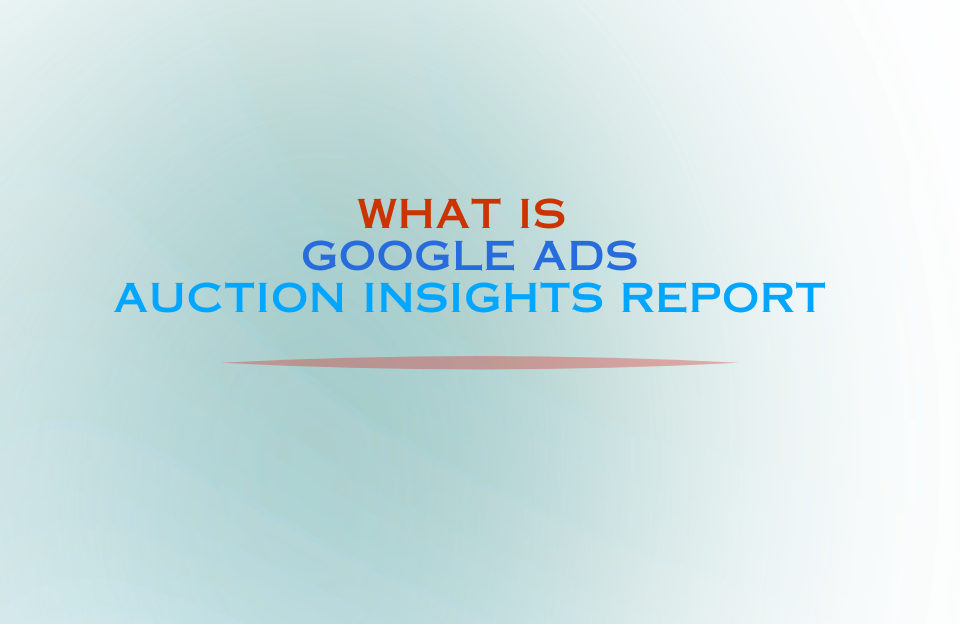In an era of personalization, micromarketing has become one of the most powerful approaches to connect with the right people — not just more people. Unlike mesomarketing (industry level) or macromarketing (society level), micromarketing focuses on the individual. It’s where marketing becomes personal, local, and highly relevant.
In this guide, we’ll explore:
- What micromarketing is
- How it differs from other marketing levels
- When and how to use it
- Real-world examples and tactics
- Key benefits and limitations
What Is Micromarketing?
Micromarketing is a strategy that targets a very specific audience segment — sometimes even down to individual customers — with customized messages, products, or experiences.
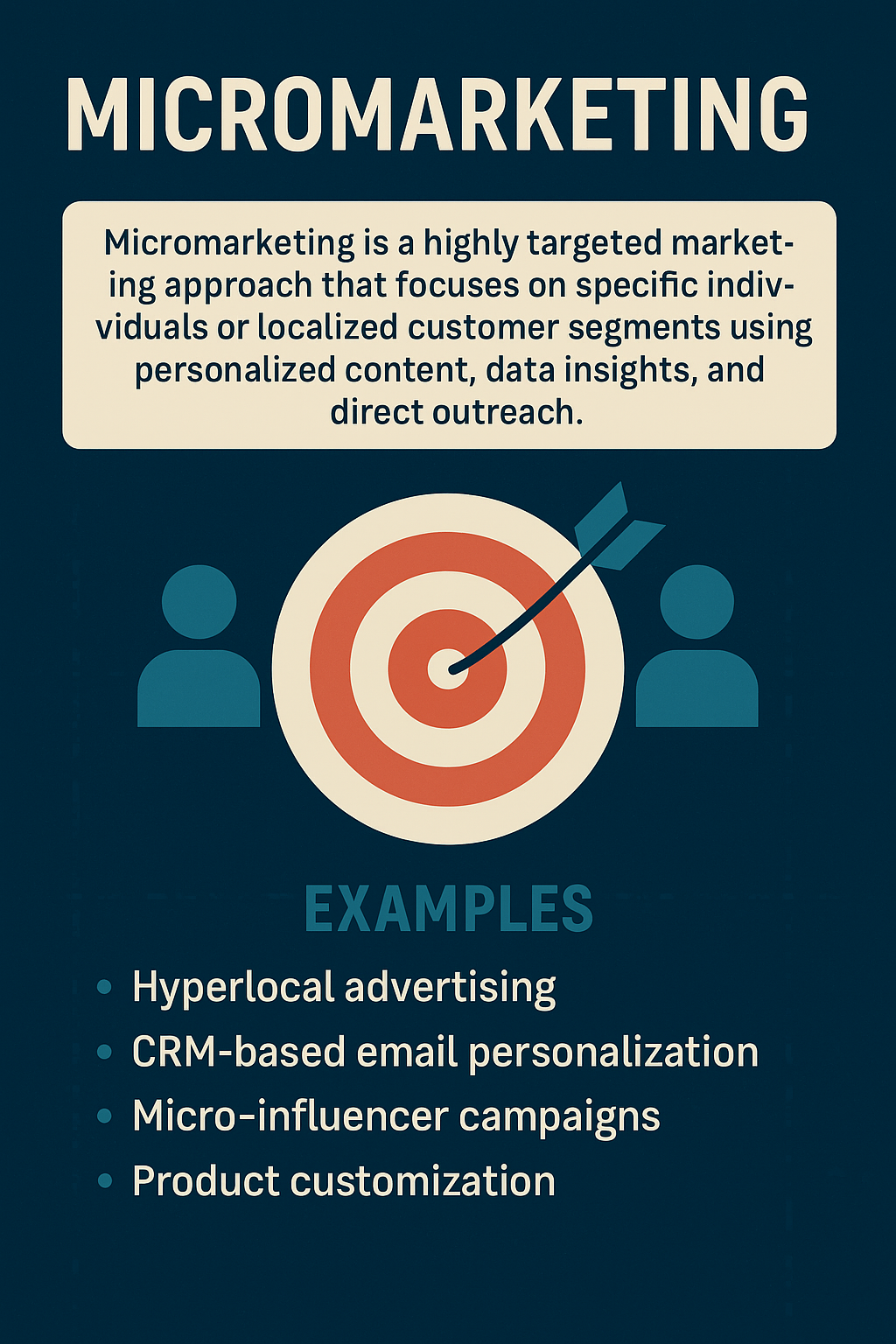
Definition:
“Micromarketing is a highly targeted marketing approach that focuses on specific individuals or localized customer segments using personalized content, data insights, and direct outreach.”
It’s the opposite of “mass marketing.” Instead of shouting to everyone, you whisper directly to someone who really cares.
Micromarketing vs. Mesomarketing vs. Macromarketing
| Level | Focus | Example |
|---|---|---|
| Micromarketing | Individuals / narrow segments | Local ads targeting recent gym members with tailored offers |
| Mesomarketing | Industries / sectors / regions | National tourism marketing by Visit Holland |
| Macromarketing | Economy / society-wide | Sustainability marketing policies by governments |
Examples of Micromarketing in Practice
1. Hyperlocal Advertising
A local café runs Facebook ads only targeting users within 1 km who searched for “vegan breakfast” — using geotargeting and behavioral data.
2. CRM-Based Email Personalization
A clothing brand sends individualized emails recommending products based on a user’s past purchase and browsing behavior.
3. Loyalty Program Targeting
Starbucks uses app data to offer personalized promotions based on time of day, past drink choices, and store location.
4. Micro-Influencer Campaigns
A skincare brand partners with 20 influencers each having <10,000 followers in a specific niche (e.g. eczema care) — more trust, more relevance.
5. Product Customization
Nike’s “By You” feature allows customers to design shoes based on their personal preferences — a perfect fit for micromarketing.
When to Use Micromarketing
Micromarketing works best when:
- You have rich customer data (e.g. via CRM, website, app)
- You sell niche or customizable products
- You want to improve customer loyalty or retention
- You’re operating locally or regionally
- Your budget is tight, and you need highly efficient targeting
It’s especially powerful for D2C brands, small businesses, SaaS companies, and premium/luxury segments.
Popular Micromarketing Channels
- Social media (hyper-targeted ads)
- Email marketing (behavioral triggers, segmentation)
- Google Ads (custom audiences, RLSA)
- Mobile apps (push notifications, geofencing)
- Direct mail (local zip code targeting)
- CRM systems (personalized follow-ups)
- Influencer marketing (micro/nano influencers)
Benefits of Micromarketing
- ✅ Higher conversion rates
- ✅ Stronger customer relationships
- ✅ Better ROI per impression
- ✅ Easier testing and iteration
- ✅ Enables product-market fit refinement
Micromarketing isn’t just about acquiring — it’s about deepening connections.
Drawbacks & Challenges
- ❌ Requires accurate and compliant data
- ❌ More time-consuming to set up
- ❌ Not scalable for mass reach
- ❌ Risk of over-segmentation or privacy concerns
- ❌ Can miss broader brand-building effects
That said, these limitations can often be mitigated by smart automation and A/B testing tools.
Micromarketing in the Age of AI
AI and machine learning now make micromarketing more scalable and dynamic than ever before. Think:
- Predictive analytics for upselling
- Real-time personalization on websites
- Chatbots with customized responses
- Dynamic pricing models per user segment
As algorithms become smarter, so does our ability to tailor experiences at scale.
Micromarketing in Action: Spotify as a Case Study
One of the most recognizable examples of successful micromarketing is Spotify’s “Wrapped” campaign. Every year, Spotify presents users with a personalized summary of their listening habits — favorite artists, top genres, hours listened, and even quirky stats like “your most emotional song.” This experience is tailored for each individual and designed to be shared.
But it goes beyond data visualization. Spotify uses your behavior to create a moment of emotional resonance — and brand loyalty. It’s micromarketing at scale: every experience feels personal, yet the campaign reaches millions. By treating users as individuals, Spotify turns personal data into shareable joy, strengthening engagement and retention.
Conclusion: From Mass Reach to Meaningful Relevance
Micromarketing is no longer a niche strategy — it’s becoming the new normal. In a world where consumers expect personalized experiences, speaking directly to their preferences, context, and behavior isn’t optional. It’s expected.
Whether you’re a local shop or a global brand, the companies that win are those who can say:
“We know you. And here’s something made just for you.”
